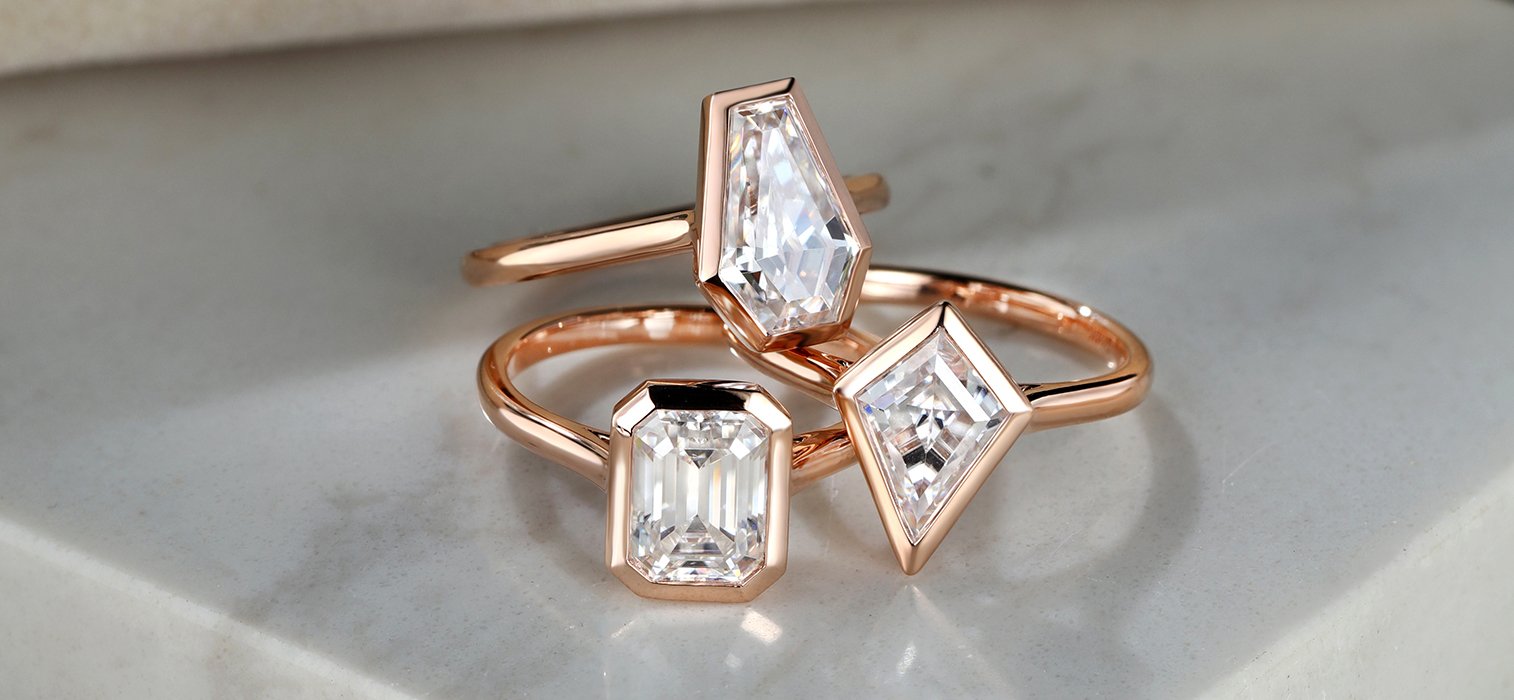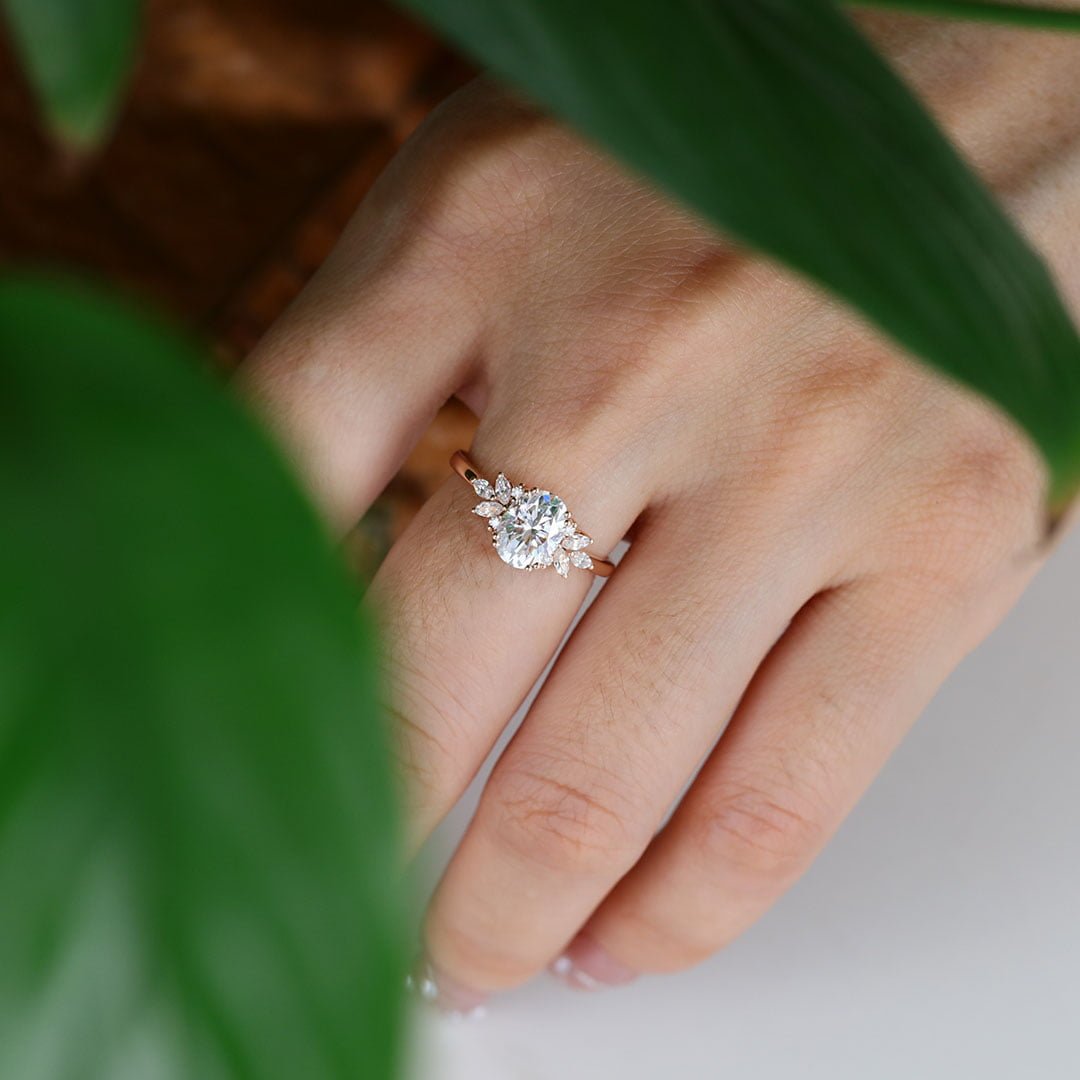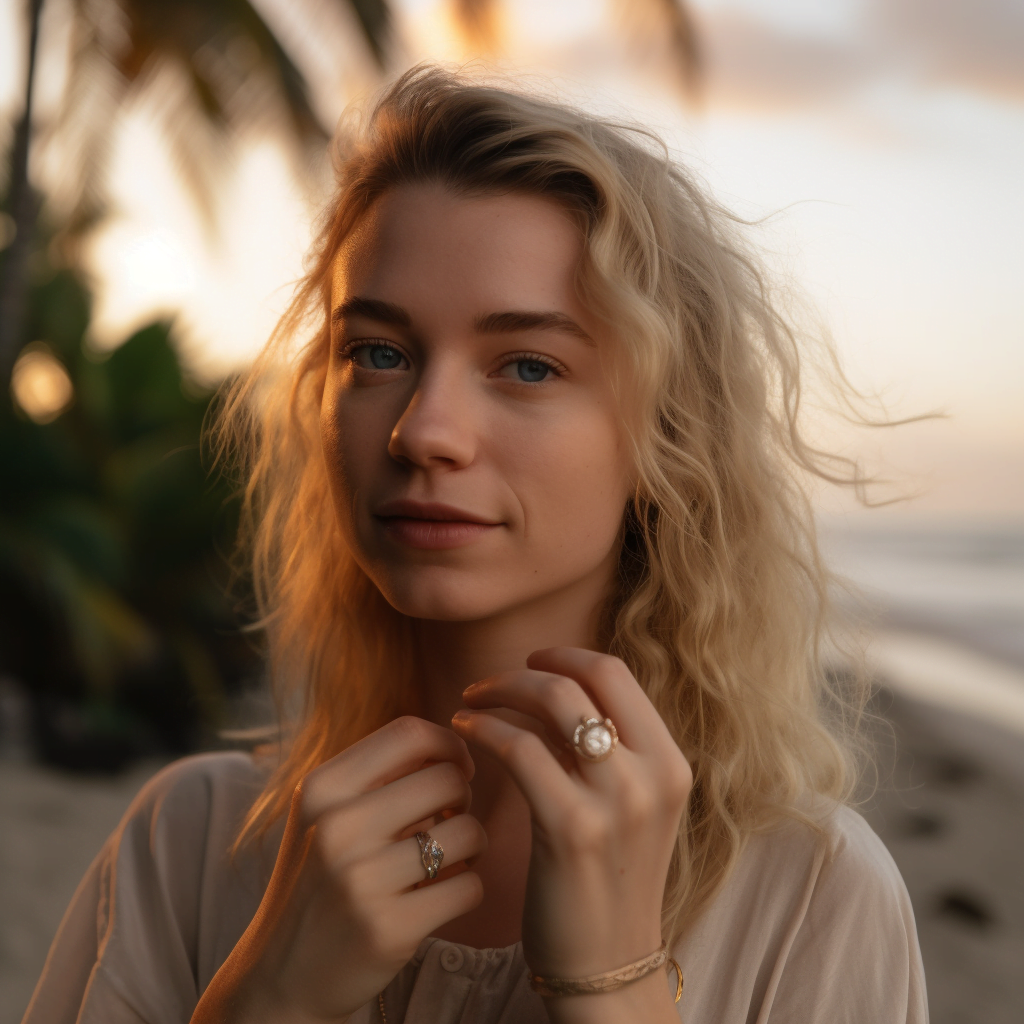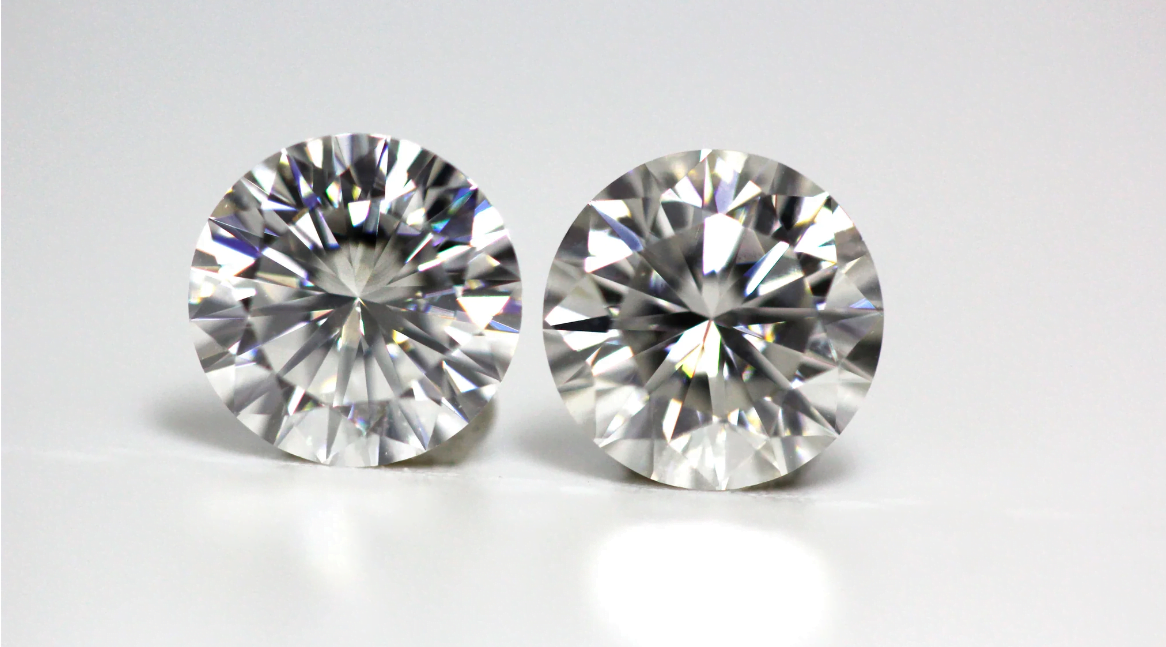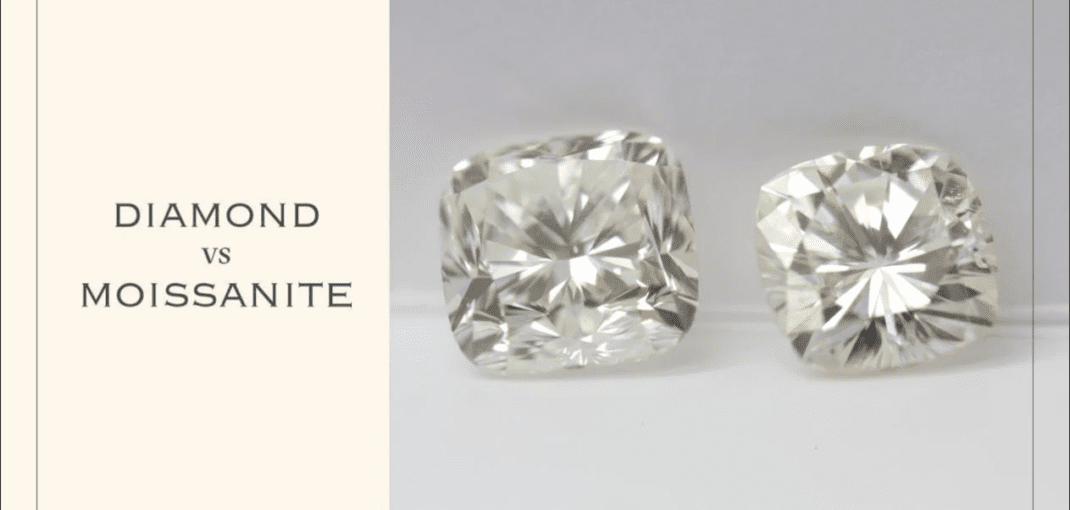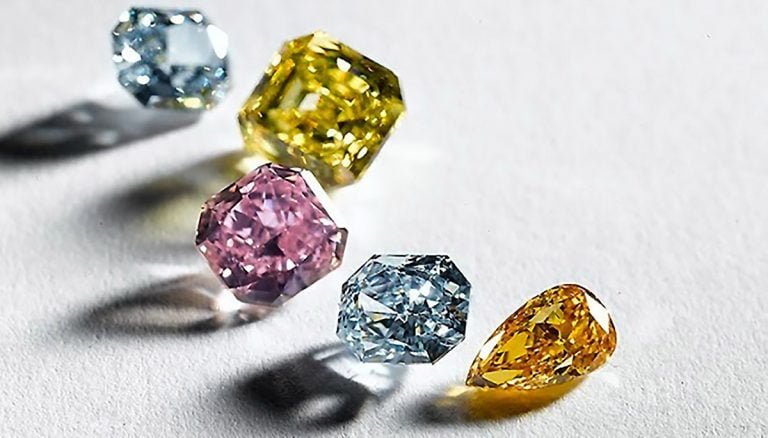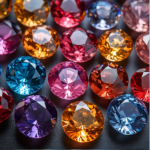Elevate Your Style: Bezel Rings with Various Cuts and Stunning Gemstones
When it comes to choosing the perfect ring, the options are nearly limitless. Among the many choices, bezel rings have gained significant popularity for their unique design and versatility. These rings feature a sleek metal rim that not only secures the gemstone but also adds a touch of elegance. What sets bezel rings apart is the variety of cuts and gemstones available, allowing you to create a one-of-a-kind piece that resonates with your personal style. In this post, we’ll explore the world of bezel rings, the different gemstone cuts, and the stunning stones that can elevate your jewelry collection. The Beauty of Bezel Rings A Secure Embrace for Your Gemstone Bezel rings are renowned for their secure settings that protect the gemstone while offering a contemporary and sleek look. The metal rim not only adds to the aesthetic appeal but also ensures your precious gemstone is well-guarded against daily wear and tear. Versatile Design Possibilities Bezel rings are incredibly versatile, allowing you to choose from a range of cuts and gemstones that align with your unique style. The metal rim can be customized in terms of thickness, detailing, and the type of metal, making it possible to craft a ring that perfectly embodies your preferences. Explore the Cuts Round Cut Bezel Rings The classic round cut is a timeless choice for bezel rings. Its symmetrical shape and 360-degree sparkle make it a popular option for those who appreciate traditional aesthetics. A round cut bezel ring exudes sophistication and versatility, suitable for all occasions. Round Cut Pink Sapphire Bezel Set Ring Round Cut Amethyst Bezel Ring Round Cut Lab Sapphire Bezel Ring Princess Cut Bezel Rings For those seeking a balance between tradition and modernity, the princess cut is an excellent choice. Its sharp corners and dazzling facets provide a contemporary edge while the bezel setting maintains a sense of sophistication. This cut complements both traditional and modern ring designs. Princess Cut Moissanite Bezel Set Ring Round Cut Amethyst Bezel Ring Emerald Cut Bezel Rings The emerald cut is characterized by its elongated rectangular shape and cropped corners. When set in a bezel, this cut exudes a sense of timeless grace. Emerald cut bezel rings are particularly captivating for those who appreciate understated elegance. Emerald Cut Moss Agate Bezel Ring Emerald Cut Sunstone Bezel Ring Emerald Cut Black Onyx Bezel Ring Oval Cut Bezel Rings Oval cut bezel rings offer a sense of uniqueness and sophistication. The elongated shape creates an illusion of greater size, making the gemstone appear larger than it actually is. This cut is an excellent choice for those who want a ring that stands out from the crowd. Oval Cut Blue Sandstone Bezel Ring Oval Cut Citrine Bezel Ring Oval Cut Aquamarine Bezel Ring Kite Cut Bezel Rings Kite-cut gemstones are named for their distinctive shape, resembling a kite or a diamond. This unique cut features sharp angles and an elongated silhouette that exudes edgy elegance. When set in a bezel, kite-cut gemstones create a striking contrast with the metal frame, making for an attention-grabbing and unconventional choice. Kite Cut Moss Agate Bezel Ring Kite Cut Lab Emerald Bezel Ring Kite Cut Moss Agate Bezel Ring Marquise Cut Bezel Rings Marquise-cut gemstones have an elongated, boat-like shape with pointed ends. When set in a bezel, marquise-cut stones offer a timeless and graceful look. The metal frame enhances the gem’s outline, resulting in a ring that exudes both tradition and sophistication. Marquise Cut Opal Bezel Ring Marquise Cut Moonstone Bezel Ring Marquise Cut Moss Agate Bezel Ring Pear Cut Bezel Rings Pear-cut gemstones, also known as teardrop or drop-shaped, combine the elegance of a round cut with a unique point at one end. The bezel setting complements the pear cut by emphasizing its shape and enhancing its feminine and sophisticated appearance. Pear Cut Alexandrite Bezel Ring Pear Cut Moonstone Bezel Ring Pear Cut Red Tourmaline Bezel Ring Discover the Stones Lab Diamonds: Timeless Elegance Diamonds have long been associated with timeless elegance and enduring love. Bezel-set diamond rings are not only classic but also an excellent choice for engagement rings. They come in a variety of cuts, allowing you to personalize your ring while maintaining the everlasting beauty of a diamond. Sapphires: Bold and Beautiful Sapphires, with their deep blue hues, are a symbol of wisdom and royalty. Bezel-set sapphire rings create a striking contrast between the metal rim and the vivid gemstone. These rings are perfect for those who want a pop of color and a touch of regal sophistication. Emeralds: Classic Charm Emeralds, with their rich green color, evoke a sense of classic charm. When set in a bezel, emeralds create a harmonious blend of vintage and contemporary design. Bezel-set emerald rings are a great choice for those who appreciate the allure of history. Moissanite: Sparkling Brilliance Moissanite, a lab-created gemstone, offers exceptional brilliance and durability. Bezel-set moissanite rings are an eco-friendly and budget-friendly choice that doesn’t compromise on beauty. These rings are perfect for those who want a sustainable and dazzling altern Alexandrite: The Chameleon Gem Alexandrite is renowned for its remarkable color-changing properties. In natural light, it can appear green, but in incandescent light, it transforms into a stunning shade of red. The bezel setting enhances the gem’s natural beauty and allows the color shift to take center stage, making each ring a conversation starter. Pear Cut Alexandrite Bezel Ring Oval Cut Lab Alexandrite Bezel Ring Emerald Cut Alexandrite Bezel Ring Black Onyx: Bold and Timeless Black Onyx is known for its deep black hue, symbolizing strength and self-confidence. When set in a bezel, it creates a bold and striking contrast with the metal frame. Bezel-set black onyx rings are perfect for those who appreciate the fusion of modern and timeless design. Half Bezel Hexagon Cut Black Onyx Ring Coffin Cut Black Onyx Bezel Rings Oval Cut Black Onyx Bezel Rings Moss Agate: Embracing Nature’s Beauty Moss Agate is celebrated for its moss-like inclusions and a spectrum of earthy colors. The bezel setting

